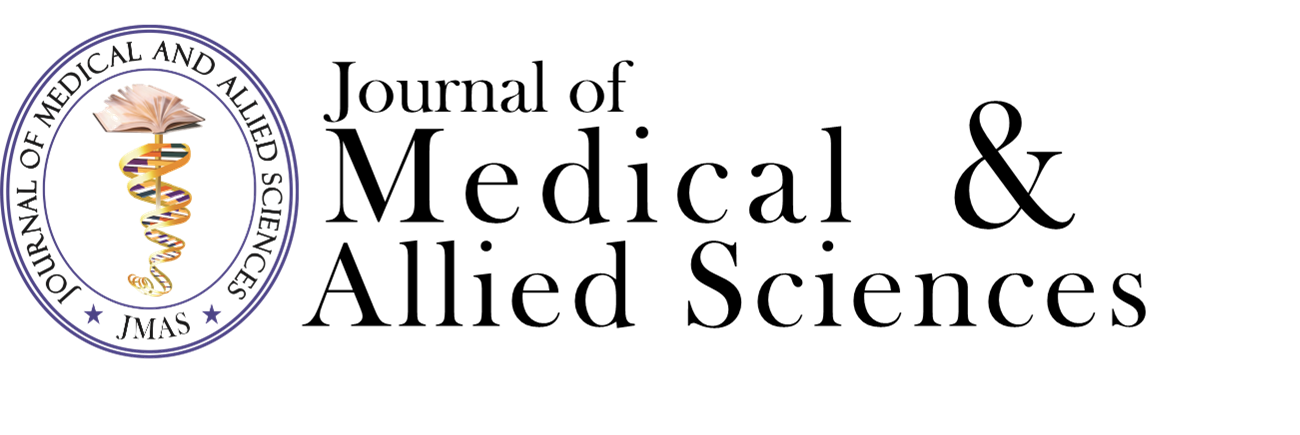
| Original Article Online Published: 07 Dec 2015 | ||||||||||||||||||||||||||||||
J Med Allied Sci. 2011; 1(1): 36-41 Snake bite: Biochemical changes in blood after envenomation by viper and cobra K. M. Pradeep Kumar, M.P. Basheer.
| ||||||||||||||||||||||||||||||
| How to Cite this Article |
| Pubmed Style K. M. Pradeep Kumar, M.P. Basheer. Snake bite: Biochemical changes in blood after envenomation by viper and cobra. J Med Allied Sci. 2011; 1(1): 36-41. Web Style K. M. Pradeep Kumar, M.P. Basheer. Snake bite: Biochemical changes in blood after envenomation by viper and cobra. https://jmas.in/?mno=210081 [Access: December 31, 2024]. AMA (American Medical Association) Style K. M. Pradeep Kumar, M.P. Basheer. Snake bite: Biochemical changes in blood after envenomation by viper and cobra. J Med Allied Sci. 2011; 1(1): 36-41. Vancouver/ICMJE Style K. M. Pradeep Kumar, M.P. Basheer. Snake bite: Biochemical changes in blood after envenomation by viper and cobra. J Med Allied Sci. (2011), [cited December 31, 2024]; 1(1): 36-41. Harvard Style K. M. Pradeep Kumar, M.P. Basheer (2011) Snake bite: Biochemical changes in blood after envenomation by viper and cobra. J Med Allied Sci, 1 (1), 36-41. Turabian Style K. M. Pradeep Kumar, M.P. Basheer. 2011. Snake bite: Biochemical changes in blood after envenomation by viper and cobra. Journal of Medical and Allied Sciences, 1 (1), 36-41. Chicago Style K. M. Pradeep Kumar, M.P. Basheer. "Snake bite: Biochemical changes in blood after envenomation by viper and cobra." Journal of Medical and Allied Sciences 1 (2011), 36-41. MLA (The Modern Language Association) Style K. M. Pradeep Kumar, M.P. Basheer. "Snake bite: Biochemical changes in blood after envenomation by viper and cobra." Journal of Medical and Allied Sciences 1.1 (2011), 36-41. Print. APA (American Psychological Association) Style K. M. Pradeep Kumar, M.P. Basheer (2011) Snake bite: Biochemical changes in blood after envenomation by viper and cobra. Journal of Medical and Allied Sciences, 1 (1), 36-41. |








